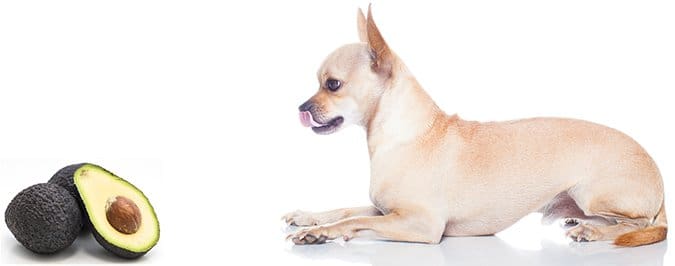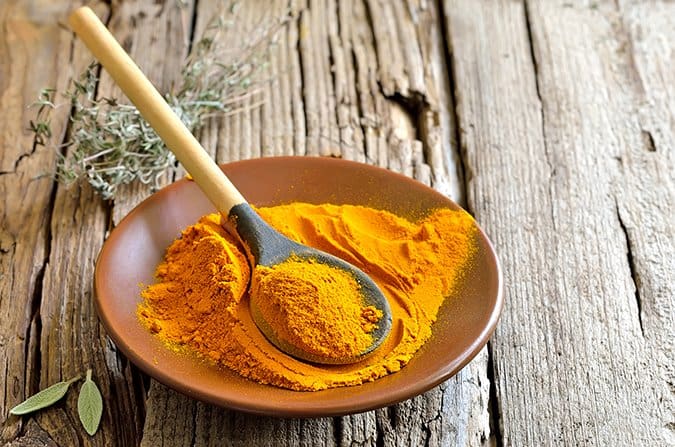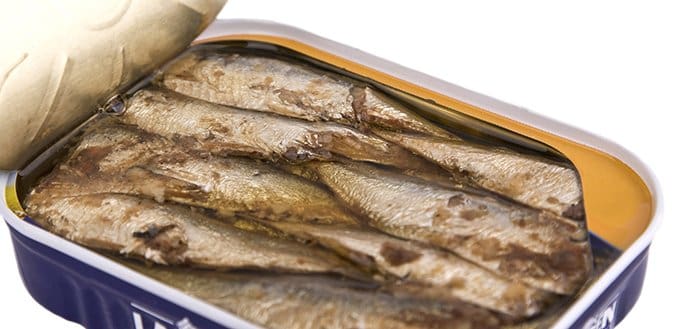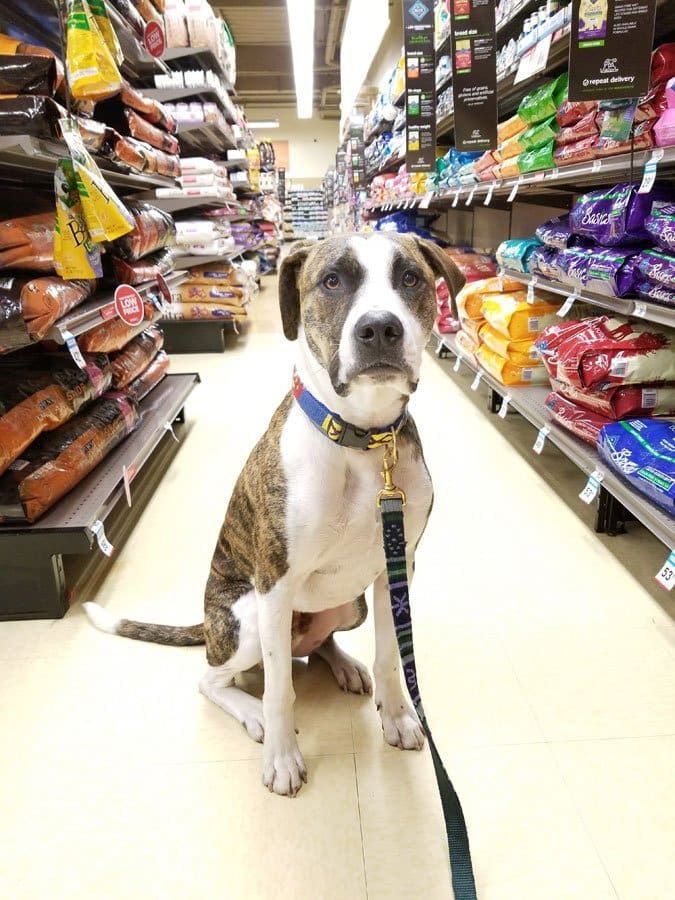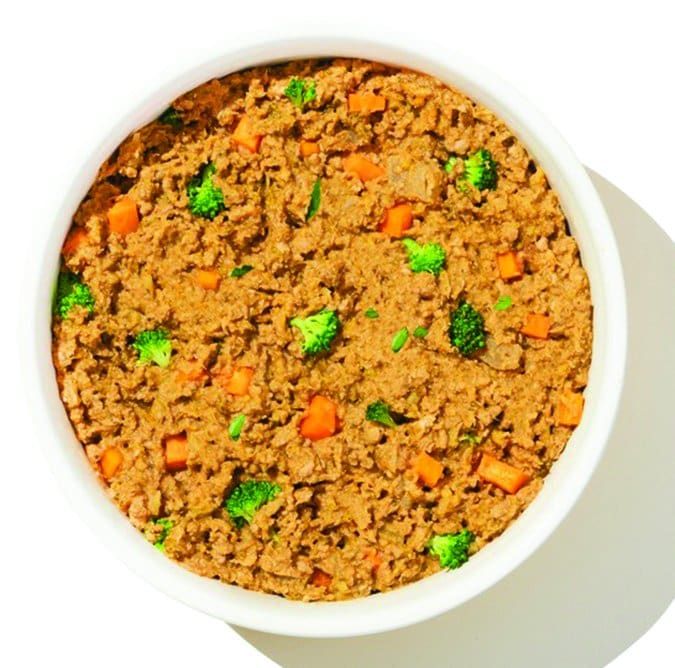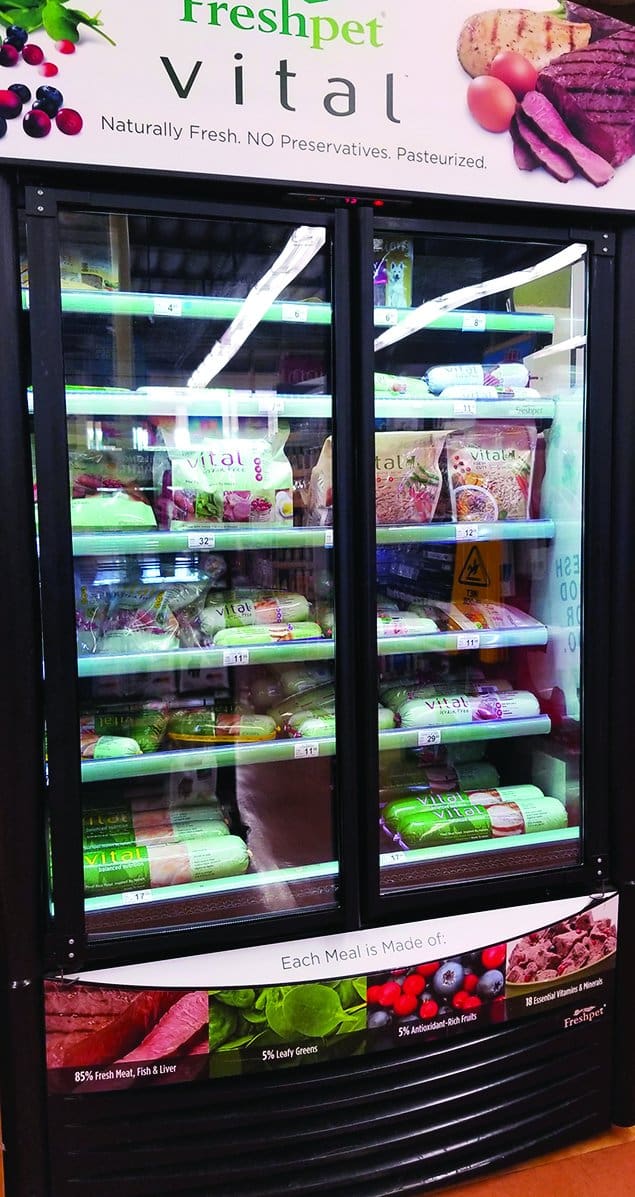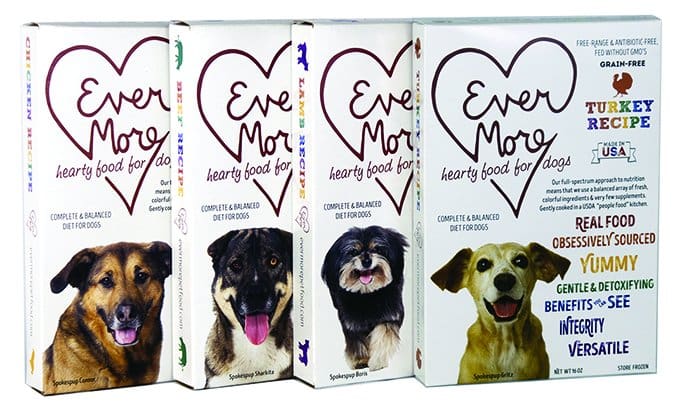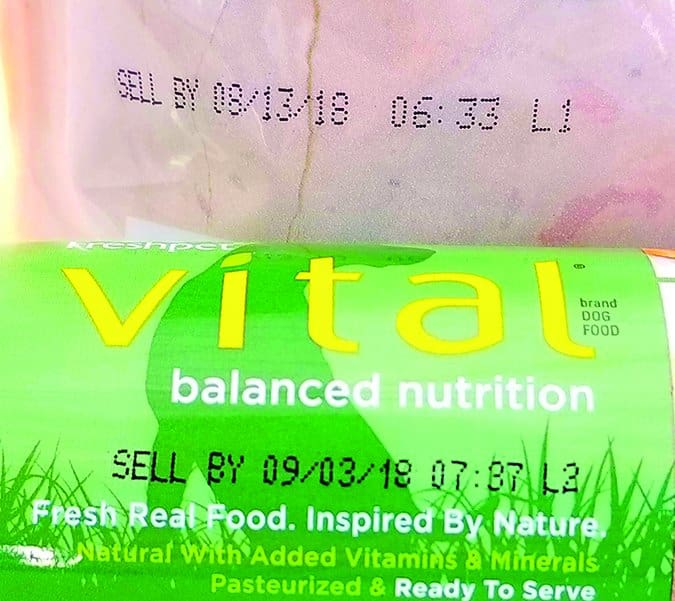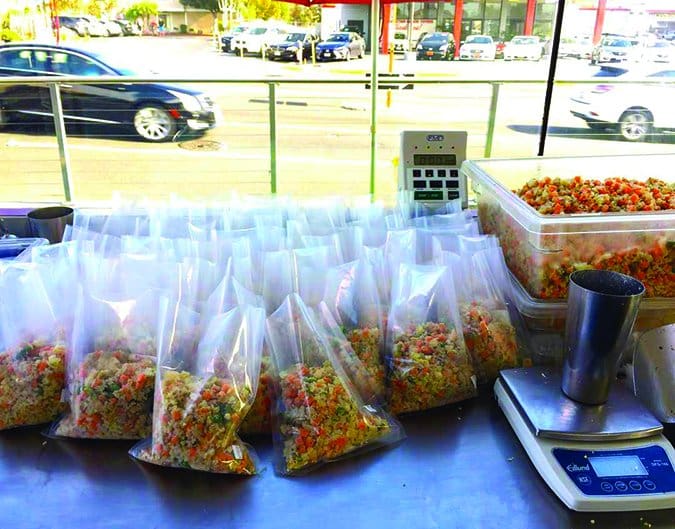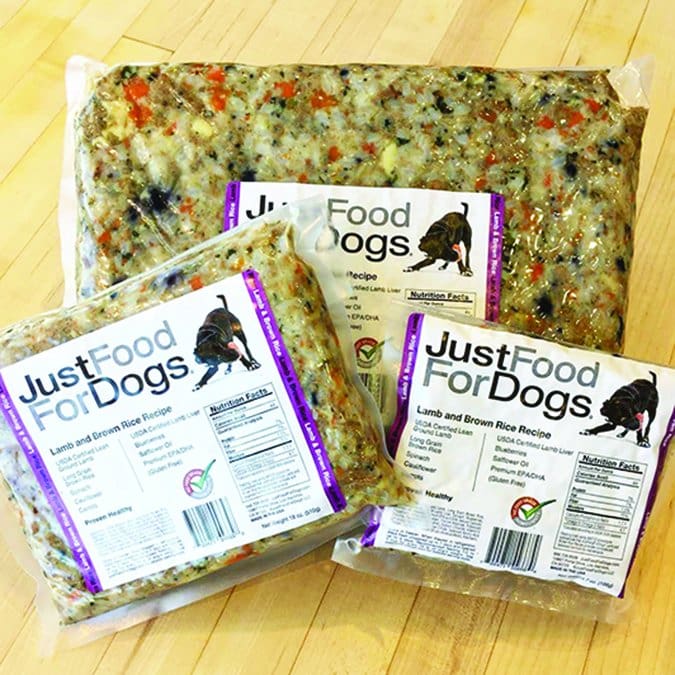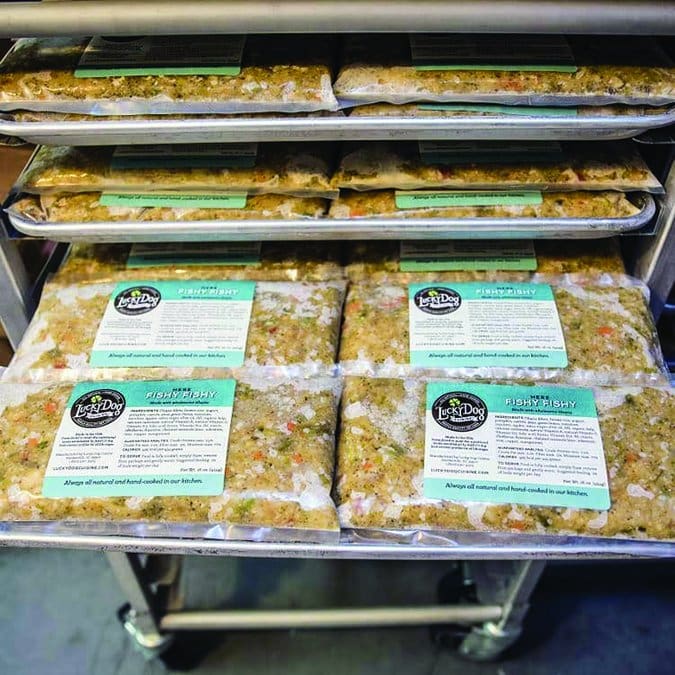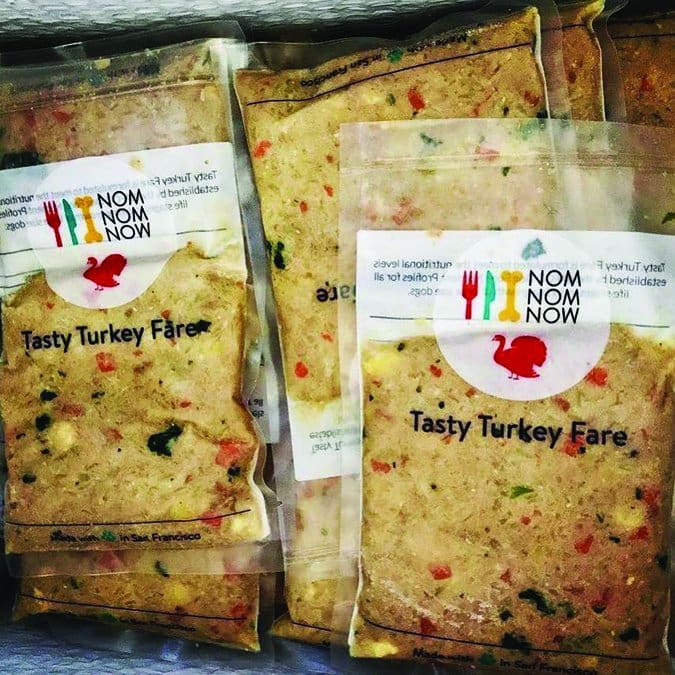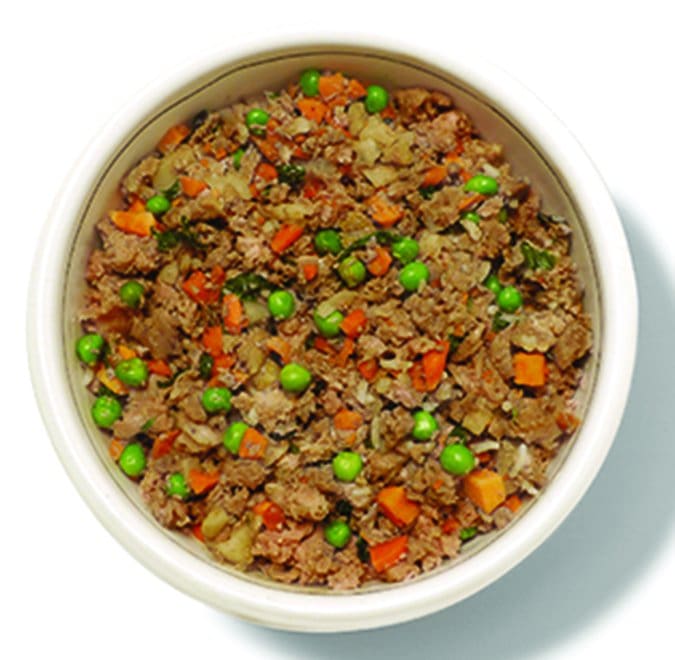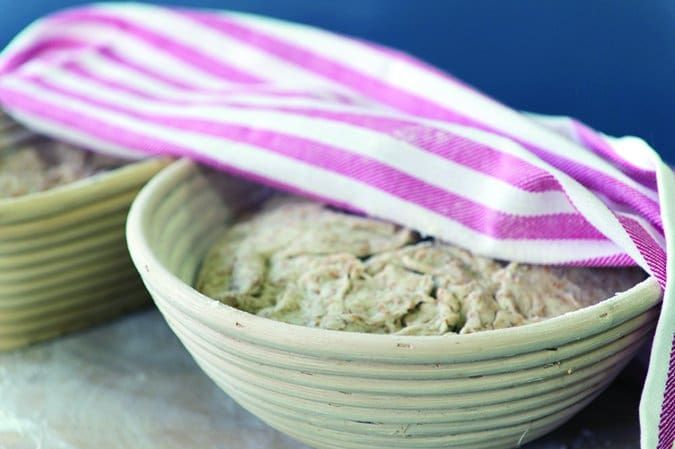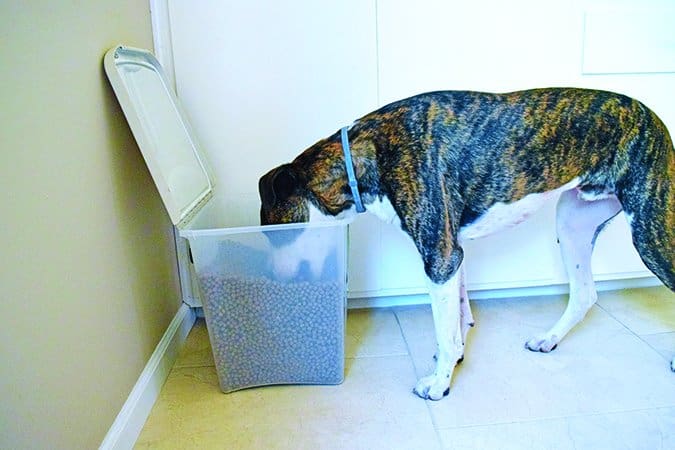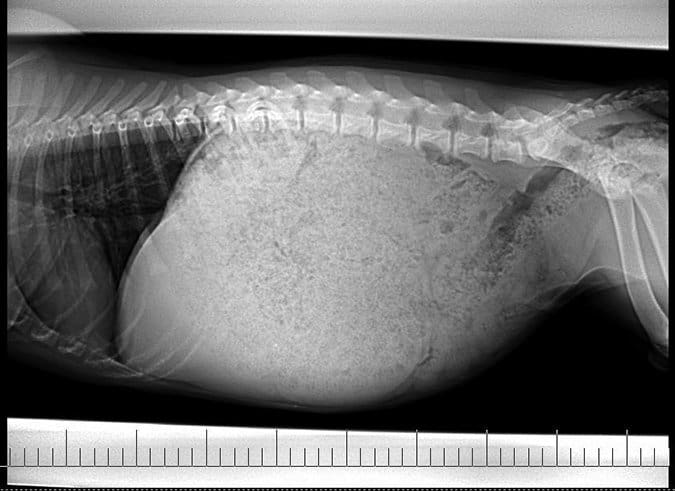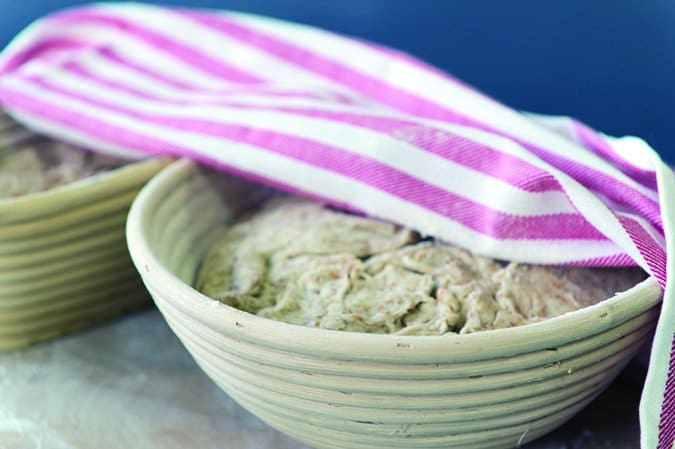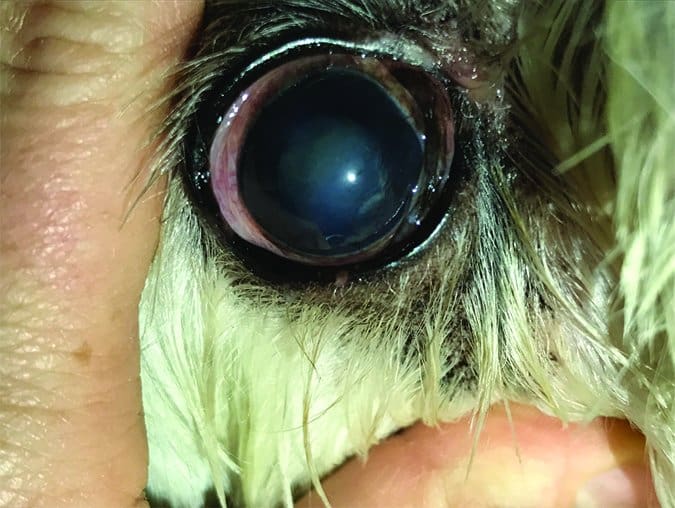Learn more about DCM in the September 2018 issue: “DCM in Dogs: Taurine’s Role in the Canine Diet“
A warning from the FDA about a recently reported spike in the number of dogs developing dilated cardiomyopathy (DCM) (linked here again) and a possible connection between DCM and the inclusion of peas, lentils, legumes, and potatoes in the diets of a majority (not all) of the dogs means we are going to be talking about diet a lot for a while.
I read the comments on both my blog from last week and Whole Dog Journal‘s Facebook page (where a link to the blog is posted), and I have also been reading messages and emails sent directly to me, and one thing jumps out: So many people have been feeding grain-free diets with absolutely no reason or justification for their decision. Some people have gone so far as to accuse WDJ of promoting these grain-free dog food diets over diets that contain grain – oh, no you don’t! That is just flat untrue.
The Popularity (Overpopularity?) of Grain-Free Dog Food
When the first few grain-free dry foods began appearing on the market about 10 years ago, we were happy to see products that could be fed to dogs who were allergic to or intolerant of grains. Mind you, these dogs are in the minority. Nevertheless, the fact that some commercial grain-free dog foods were available meant that more people who suspected that their dogs might have an allergy to or intolerance of some grain or another could try one of these foods and see for themselves: Did their dogs improve? Get worse? Or did it make no difference whatsoever? The commercial availability meant they could do a feeding trial that didn’t take a lot of time to research or money (for a home-prepared diet trial).
Lots of people tried grain-free foods and some of them noticed that their dogs’ allergy symptoms or digestive problems went away. When you have been dealing with a chronically itchy dog, or one with persistent diarrhea or gas, and these symptoms cease – well, it’s almost like a religious conversion. These folks often go out and preach.
Between the feeding success of these foods in some dogs, the enthusiasm of the owners of the success-story dogs, and the relentless hype coming from the “bones and raw food” / “biologically appropriate raw food” / “evolutionary diet” people (many of whom have strong anti-grain sentiments), grain-free just took off. I complained in a blog post over a year ago that it has gotten to the point where I was having a difficult time finding a food that did contain grain in pet specialty stores.
It came home again about a month ago, when three different people who were adopting the puppies that I had been fostering for my local shelter each asked about food recommendations and each said, “Should I get a grain-free food?” In each case, I asked them, “Why do you ask?” And not one person had a real answer. “I heard grain-free was better!” seemed to be the consensus. (My answer to that: It’s better for dogs who have problems with grain!)
If pressed about my misgivings about grain-free dry dog foods for any or all dogs, I say this: There is a far shorter history of dogs eating the carbohydrates that are being used in these diets than there was of dogs eating grains. I don’t like putting my dogs on the front wave of anything, whether it is the latest/greatest heartworm prevention medication (when ivermectin works just fine, and has been for decades), or flea treatments, or diets. I tend to want to hold back and see whether an inordinate number of adverse experiences are reported as these things hit the market.
Dogs Need Balance Over Time in Their Diets
But, perhaps more importantly, feeding ANY type of food every day, all year, for years and years, goes against my longest-standing food recommendation. We have always encouraged owners to switch foods frequently – at least several times a year – and switch manufacturers, too. Many food makers use the same vitamin/mineral premix in all their products, making us worry that any nutrient excess, deficiency, or imbalance would become essentially entrenched in the body of a dog fed an exclusive diet of that company’s foods.
Home-prepared diet advocates talk about “balance over time.” The concept is this: If you change the ingredients and recipe of your dog’s diet – exactly as most of us feed ourselves and our human families – as long as you include everything that a dog needs over the span of any, say, week’s worth of meals, the dog will be fine. In other words, every single meal doesn’t have to be “complete and balanced” – you can accomplish this over the course of several meals.
I look at the feeding of commercial diets the same way; I think you can similarly achieve balance over time by feeding different commercial products from different manufacturers, and, in this way, hedge your dog’s nutritional bets, rather than going “all in” on any one manufacturer or set of ingredients.
Whole Dog Journal‘s General Dog Food Recommendations
When I am asked to make diet recommendations, these are the things I say:
1. Feed a variety of products, rotating both among and between several manufacturers of products, for nutritional balance over time, and to avoid problems caused by long-term exposure to any formulation problems or nutritional imbalances/excesses/inadequacies in your dog’s diet.
2. Feed the best food you can afford and that your dog does well on. This doesn’t mean spend the most that’s possible; if your dog does great on mid-range foods, great! But super cheap food should be avoided. The difference in the ingredients of cheap foods versus mid-range foods is staggering.
3. DO READ ingredient labels. You should recognize most of the foods in the food; if things are weird, and only sound sort of food-like, they are likely highly processed food fractions. You don’t want to see a lot of those. If the front of the label says the food is “chicken and rice” you had better see chicken and rice high up on the ingredient label, not buried four ingredients back below chicken by-product meal, corn, wheat, and pea protein.
4. Feed grain-free foods only for good reason (dog intolerant of/allergic to multiple grains). Feed limited-ingredient foods only for good reason (dog intolerant of/allergic to multiple ingredients). Feed exotic protein sources only for good reason (as a part of a formal food allergy trial, or to a dog intolerant of/allergic to multiple “common” protein sources).
5. Above all: Trust. Your. Dog! If it works for him, it’s okay. If it doesn’t work for him, change!





